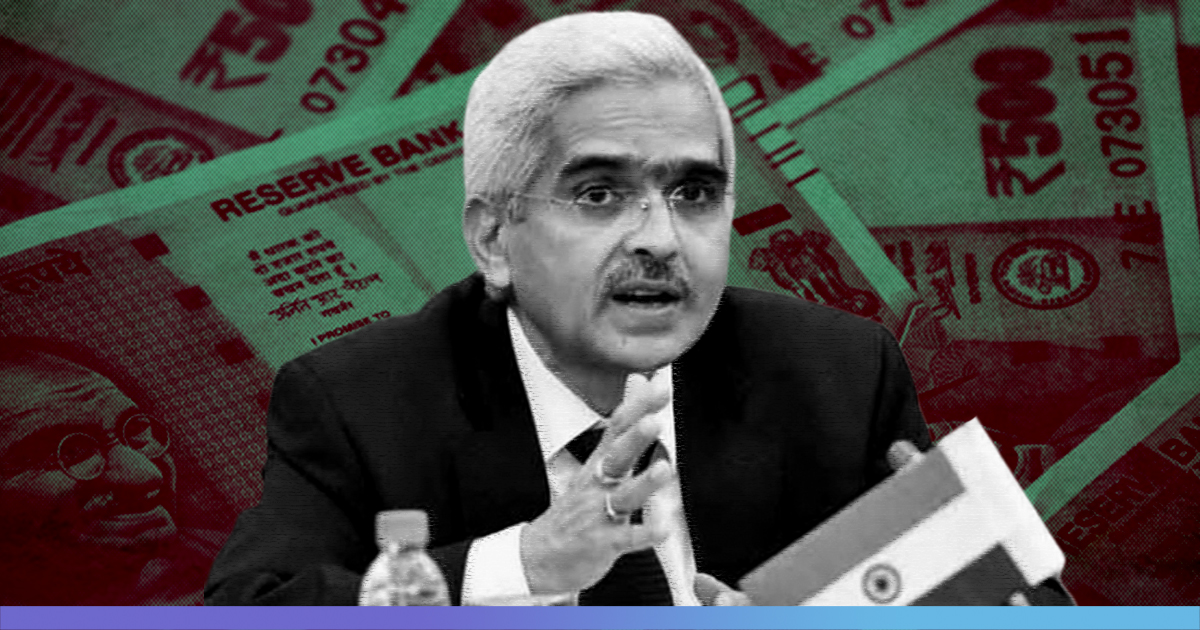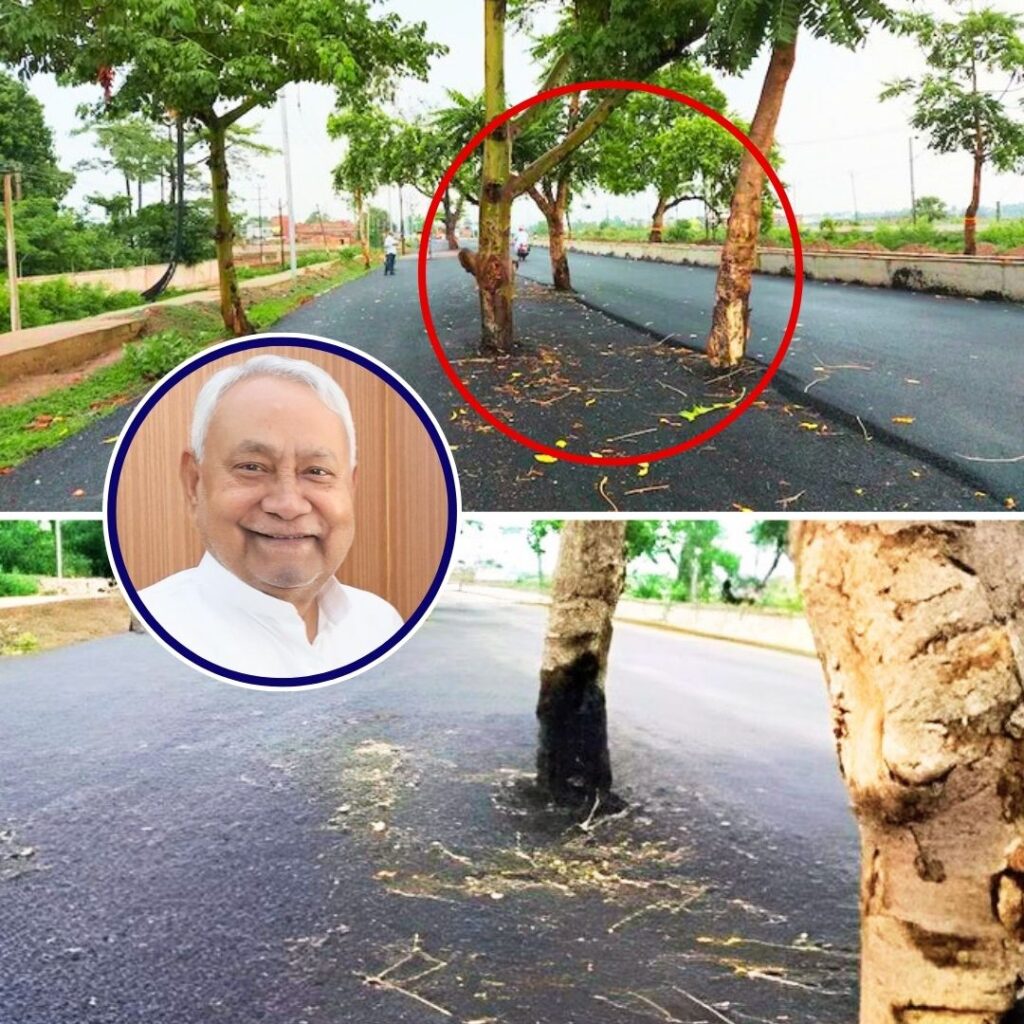The Reserve Bank of India’s annual report released on Thursday said the Indian Banking sector reported 6801 frauds worth Rs 71542 crore in 2018-19. It further highlights that fake Rs 500 notes increased by 121 per cent in 2018-19.
Major Frauds In PSU Banks
The Rs 71,542 crore worth fraud in 2018-19 is in stark contrast to Rs 41,167 crores reported in 2017-2018.
The larger chunk of the cases, 3766 worth Rs 64509 crore were reported from the Public Sector Banks. This includes the infamous Rs 13000 crore fraud by billionaire Diamantaire Nirav Modi. But the fraud had little to no effect in terms of the pace at which the banks took action against the fraudsters.
Despite the guidlines by both, the RBI and the government the banks took on an average 22 months between the occurrence of the fraud and its detection.
What is even worrisome on the parts of banks is the 6-year average delay in detection of large frauds (frauds with Rs 1 billion or above) which amounts to Rs 522 billion.
Fake Currency Circulation Rises
Even though the total number of fake notes have come down to 3,17,384 from 5,22,783, but it is mostly because of the old Rs 500 and Rs 1000 notes which have come down from over a lakh to just a few hundred.
As opposed to the government’s claim of tackling fake currency, there has been a staggering rise in the number of fake notes seized in 2018-2019.
The data says that fake Rs 500 notes increased by 121 per cent from 9,892 pieces in 2017-18 to 21,865 pieces in 2018-19; while the fake notes of Rs 2000 increased by 21.85 per cent to 21,847 pieces.
The most shocking figures were for Rs 200 notes. As per the data 12,728 fake Rs 200 notes were caught in 2018-19 as compared to 2017-18, an increase of 16011 per cent.
The fake currency numbers do not just counter the government’s claim of curbing the counterfeit notes, but also raises questions on the measures taken by the government to curb it.
Preventive Mechanisms
To prevent the occurrence of frauds and upgrade the detection mechanism, the report said RBI would coordinate with various agencies including the Ministry of Corporate Affairs to examine the feasibility of interlinking of various databases and information systems.
The RBI has also signed agreements with 48 banking supervisory authorities from various jurisdictions.
In order to strengthen cross border supervisory processes, meetings of Supervisory Colleges for State Bank of India, Punjab National Bank, Axis Bank, Bank of Baroda, Bank of India and ICICI Bank were held during the year with host supervisors and domestic regulators.
Higher Demand For Cash
The demand for cash continues to rise in the Indian market despite the government’s efforts to promote the digital economy. The value and volume of the total banknotes in circulation increased by 17 per cent and 6.2 per cent to 21 lakh crore and 1,08,759 million pieces respectively in the year 2018-19.
The most demanded currency notes were Rs 500 which is the second-highest denomination after Rs 2000. A surge of over 51 per cent was registered for Rs 500 notes.
Also Read: Amid Job Losses And Drop In Auto Sales, RBI Steps In To Save Economy











